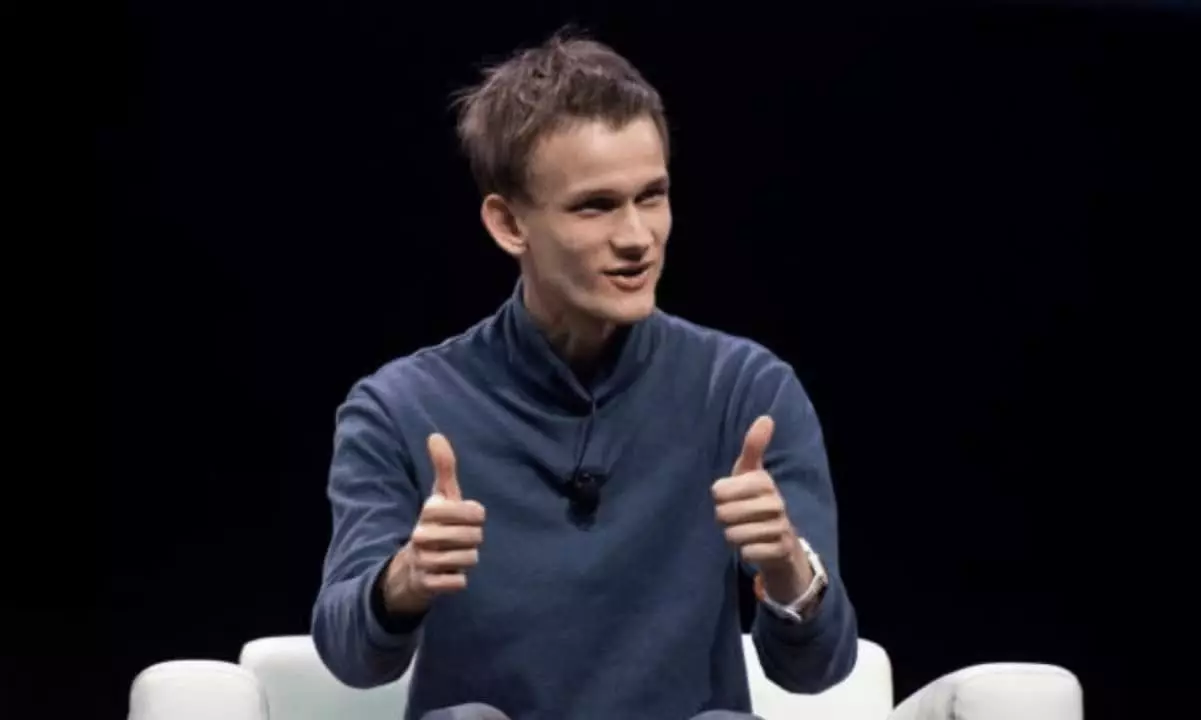Vitalik Buterin, the co-founder of Ethereum, has recently made headlines by selling a substantial amount of meme coins to further his philanthropic causes. In a series of transactions, Buterin sold 651.6 ETH, which translates to approximately $1.62 million. This strategic move aligns with his long-standing commitment to charitable donations, demonstrating that even in a market often criticized for its speculative tendencies, there exist avenues for altruism. The sales included notable quantities of various tokens such as 10 billion MOODENG, sold for nearly $1 million, and smaller amounts of MSTR and EBULL, which also contributed significantly to his overall total.
Meme coins have become a controversial topic within the cryptocurrency ecosystem, drawing both fervent supporters and vocal critics. While Buterin has publicly expressed his support for meme coins that allocate portions of their supply for charitable purposes, such as EBULL and MOODENG, the skepticism surrounding these tokens cannot be ignored. Buterin’s approach encourages transparency and community engagement by suggesting that these tokens should either make direct donations to charities or establish decentralized autonomous organizations (DAOs) to involve their communities in decision-making. This call to action speaks to a broader trend in the blockchain community, where a concerted effort is being made to ensure that technology serves societal needs.
Despite his positive intentions, Buterin’s transactions sparked criticism from some corners of the crypto community. Notably, the individual behind the pseudonymous account ‘Crypto Rug Muncher’ raised concerns regarding the motivations behind specific tokens, particularly EBULL. They highlighted that this token might be a supply-controlled scheme, noting that a small number of wallets hold a disproportionately large share of its total supply. This unease reveals the precarious nature of many meme coins, wherein profit motives can overshadow charitable intentions. Such criticisms remind us of the importance of due diligence within the crypto space, where newcomers may fall prey to ill-conceived projects masked as philanthropic endeavors.
Many industry leaders are taking a critical approach when it comes to meme coins. Chris Dixon from Andreessen Horowitz underlined the challenges that legitimate crypto projects face due to regulatory hurdles, indicating that an influx of new tokens could destabilize the market. Furthermore, digital asset manager CoinShares has voiced concerns about the risks associated with meme coins, including market manipulation and liquidity issues. As the crypto sphere continues to evolve, the fate of meme coins hangs in the balance, dependent not just on market dynamics but also on their ability to mature from speculative assets to tokens that offer substantive value.
While Buterin’s actions may bring attention to charitable causes within the crypto domain, they also serve as a reminder of the complex nature of meme coins. The enthusiasm for these tokens must be tempered with critical scrutiny to safeguard the interests of investors and uphold the integrity of the blockchain ecosystem.











